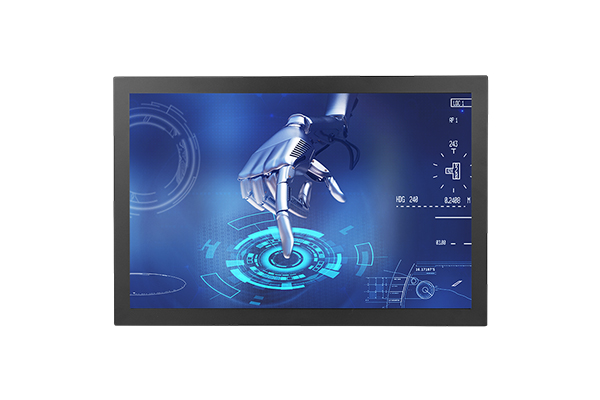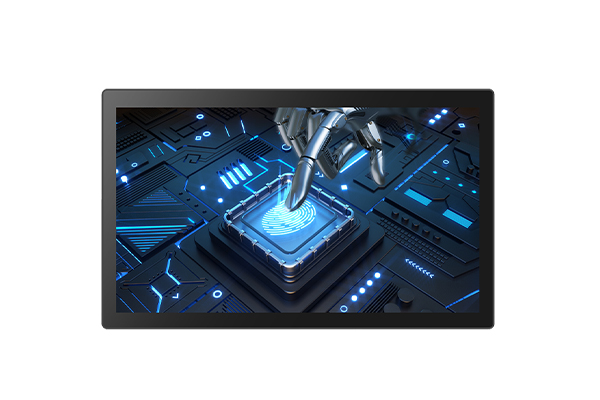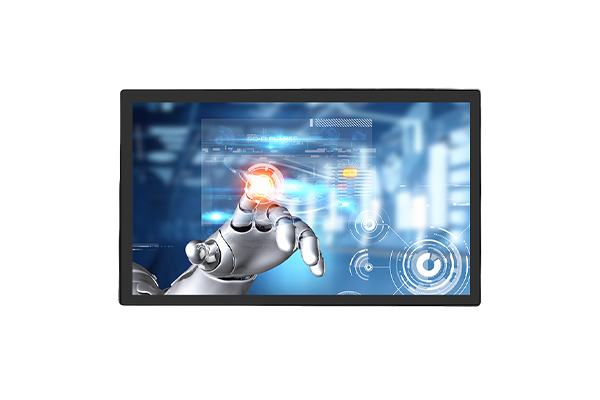How can self-service machine become the core vehicle for "last mile" service in smart outlets and community service stations?
Release Time : 2025-10-08
Amidst the accelerating digital transformation, government services, financial services, and public convenience services are evolving from window-based procedures to self-service. As the "last mile" connecting government, institutions, and residents, smart outlets and community service stations urgently require efficient, secure, and easy-to-use terminals. Multifunctional self-service kiosks, with their highly integrated hardware and intelligent interactive capabilities, are becoming the core support for this critical link. They not only extend the service radius but also offer all-weather, full-featured, and universal coverage, truly realizing the goal of "small matters within the community, services at your fingertips."
1. Multimodal interaction creates a smooth and efficient service experience
The user-centric self-service machine feature a 10-point capacitive touchscreen and KeeTouch high-precision sensor technology, offering responsiveness and precise positioning. They support gestures like multi-finger pinching and swiping, significantly improving operational fluidity. The 4mm tempered glass cover not only provides high-definition visual clarity but is also scratch- and impact-resistant, ensuring the screen remains crisp and clear for years of use. Combined with an aluminum alloy frame and cold-rolled steel back, the device combines a lightweight feel with industrial-grade durability, making it suitable for high-frequency use in communities, banks, government offices, and other environments.
2. Fully integrated hardware covers diverse business scenarios
One terminal handles multiple services. The device features built-in binocular cameras with liveness detection and facial recognition to ensure authenticity. The metal PIN pad features privacy, tamper-proofing, and anti-riot features to ensure transaction security. The high-precision card reader is compatible with various media, including ID cards, social security cards, and bank cards. The high-speed scanner quickly captures information on documents and receipts. Whether it's social security inquiries, housing fund printing, utility bill payments, bank account openings, voucher reprinting, or appointment booking, users can complete all tasks on a single device, eliminating the need to navigate multiple checkpoints and significantly improving efficiency.
3. Security and Reliability: Building a Strong Double Line of Defense for Data and Devices
In community and branch environments, device security and data privacy are crucial. The self-service machine employs multiple protection mechanisms: a metal PIN pad with built-in anti-skimming devices, a card reader that meets financial-grade encryption standards, and a binocular camera certified by national liveness detection to prevent photo or video fraud. The entire machine structure is pry-resistant, and the cold-rolled steel back panel effectively resists external forces. Furthermore, the system supports remote permission management and operation log auditing, ensuring that every transaction is traceable and controllable, providing a solid security guarantee for "last mile" service.
4. Age-friendly and barrier-free design, serving all ages
To accommodate the operating habits of elderly users, the interface features large fonts, high contrast modes, and voice guidance for assisted operation. The touchscreen has been optimized for sensitivity, ensuring accurate responses even with dry fingers or slight tremors. A combination of physical buttons and touch controls accommodates diverse user preferences. This inclusive design makes self-service services less exclusive and truly accessible to everyone.
5. Remote Operation and Maintenance and Intelligent Management Reduce Operating Costs
Through the cloud-based management platform, operations personnel can monitor device status in real time, remotely update software, diagnose faults, and deploy fixes, significantly reducing on-site maintenance visits. Intelligent sleep and energy management technologies also automatically reduce device consumption during off-peak hours, balancing environmental protection and cost-effectiveness.
The self-service machine, with its high-performance hardware, comprehensive integration, secure architecture, and user-friendly interface, successfully bridges the "last mile" of service delivery in smart outlets and community service stations. It is more than just a technological terminal; it serves as a digital bridge connecting governments, institutions, and the public, making efficient, convenient, and caring services accessible.
1. Multimodal interaction creates a smooth and efficient service experience
The user-centric self-service machine feature a 10-point capacitive touchscreen and KeeTouch high-precision sensor technology, offering responsiveness and precise positioning. They support gestures like multi-finger pinching and swiping, significantly improving operational fluidity. The 4mm tempered glass cover not only provides high-definition visual clarity but is also scratch- and impact-resistant, ensuring the screen remains crisp and clear for years of use. Combined with an aluminum alloy frame and cold-rolled steel back, the device combines a lightweight feel with industrial-grade durability, making it suitable for high-frequency use in communities, banks, government offices, and other environments.
2. Fully integrated hardware covers diverse business scenarios
One terminal handles multiple services. The device features built-in binocular cameras with liveness detection and facial recognition to ensure authenticity. The metal PIN pad features privacy, tamper-proofing, and anti-riot features to ensure transaction security. The high-precision card reader is compatible with various media, including ID cards, social security cards, and bank cards. The high-speed scanner quickly captures information on documents and receipts. Whether it's social security inquiries, housing fund printing, utility bill payments, bank account openings, voucher reprinting, or appointment booking, users can complete all tasks on a single device, eliminating the need to navigate multiple checkpoints and significantly improving efficiency.
3. Security and Reliability: Building a Strong Double Line of Defense for Data and Devices
In community and branch environments, device security and data privacy are crucial. The self-service machine employs multiple protection mechanisms: a metal PIN pad with built-in anti-skimming devices, a card reader that meets financial-grade encryption standards, and a binocular camera certified by national liveness detection to prevent photo or video fraud. The entire machine structure is pry-resistant, and the cold-rolled steel back panel effectively resists external forces. Furthermore, the system supports remote permission management and operation log auditing, ensuring that every transaction is traceable and controllable, providing a solid security guarantee for "last mile" service.
4. Age-friendly and barrier-free design, serving all ages
To accommodate the operating habits of elderly users, the interface features large fonts, high contrast modes, and voice guidance for assisted operation. The touchscreen has been optimized for sensitivity, ensuring accurate responses even with dry fingers or slight tremors. A combination of physical buttons and touch controls accommodates diverse user preferences. This inclusive design makes self-service services less exclusive and truly accessible to everyone.
5. Remote Operation and Maintenance and Intelligent Management Reduce Operating Costs
Through the cloud-based management platform, operations personnel can monitor device status in real time, remotely update software, diagnose faults, and deploy fixes, significantly reducing on-site maintenance visits. Intelligent sleep and energy management technologies also automatically reduce device consumption during off-peak hours, balancing environmental protection and cost-effectiveness.
The self-service machine, with its high-performance hardware, comprehensive integration, secure architecture, and user-friendly interface, successfully bridges the "last mile" of service delivery in smart outlets and community service stations. It is more than just a technological terminal; it serves as a digital bridge connecting governments, institutions, and the public, making efficient, convenient, and caring services accessible.









